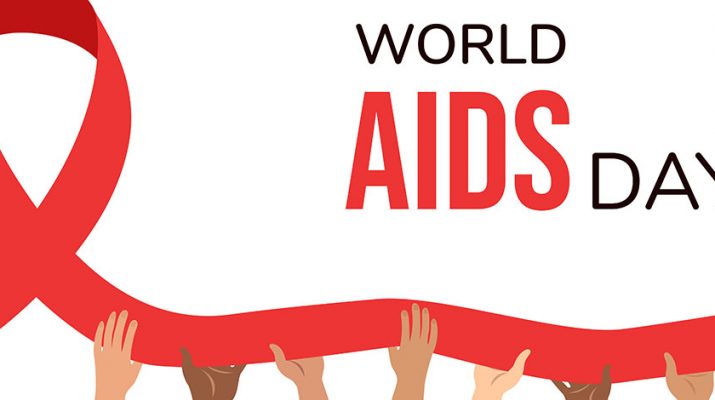Staying in care with regular monitoring is critical
By Deborah Jeanne Sergeant
In the decades after physician Bill Valenti started caring for HIV patients in 1981, the advances in care options and outcomes have improved dramatically.
As co-founder, chief of innovation and staff physician at Trillium Health, Valenti has seen the diagnosis of HIV transition from a veritable death sentence to an infection that he calls more manageable than diabetes.
The first drug developed to increase longevity in HIV patients was ATZ, which was introduced six years into the epidemic.
“We thought it was a game-changer, and it was for a while,” Valenti said. “We sort of knew but failed to appreciate that single-drug therapy wasn’t good for the long haul.”
By the mid-90s, a “drug cocktail” of three medications became the standard protocol. That’s when Valenti and other providers began to see real change. They could also measure the viral load to test how effective the drugs were in individual patients.
“That began the combination therapy era and one of the things we began to see around that is that fewer people were dying and people were living longer lives,” Valenti said.
Today, newly diagnosed HIV patients can expect to live close to, if not a completely normal lifespan. However, that relies on seeking hiv and std treatment early and remaining consistent in managing their health.
“I have patients I’ve followed since the ‘80s and ‘90s that are doing quite well,” Valenti said. “Staying in care with regular monitoring is critical to the effort. It’s not a one-and-done meeting or take a pill and it’s over. You take it for the rest of your life. It’s a daily effort, not something where you give people pills and sit back and wait for results. It requires regular office visits, lab work, monitoring and helping people understand the importance of taking these drugs regularly.”
To reduce stigma and increase testing, he thinks HIV testing should be normalized instead of intended only for those identified as in high-risk groups.
“Universal testing has been on the books since the 1990s, that everyone over 13 should be tested once regardless of risk and those at high risk every three to six months,” he said.
Although HIV is spread through sexual contact or shared needles involving someone with an infection, Valenti views HIV testing as a part of sexual health.
“Sometimes, ‘monogamous relationship’ is a relative term, and not always absolute,” he said.
HIV patients whose infections are well-managed and who have an undetectable viral load cannot transmit HIV sexually. In addition, prescribing HIV Prevention Pill prevents patients from contracting HIV sexually.
Valenti said that has helped people at risk reduce their chances of infection.
In recent years, injectable drugs have been introduced to free patients from having to remember to take a daily pill. Every one to two months, a healthcare provider administers the injection. That can help people who struggle to not miss a dose.
“There’s an implant being studied now that may last as long as a year, like Norplant contraceptive,” Valenti said.
Richard J. Fowler, NYS-certified certified peer worker and Rochester Area Task Force on AIDS chair emeritus, explained the reason for developing longer-lasting medication to fight HIV is not only for patient convenience but also because of the nature of the virus.
“HIV molecules are constantly mutating,” Fowler said. “The process for HIV to replicate within a red blood cell is a multi-task process. If you miss doses, you’ll build up a resistance to that medication. If you interrupt a different part of that replication process, it interrupts the replication and the development of mutations.”
Instead of the one initial drug, healthcare providers and patients have more than 40 available to use in various combinations.
In addition to monitoring their infections, providers also keep close watch on other indicators of health. For this reason, Fowler said that someone with well-managed HIV may outlive someone without it who doesn’t manage their health.
The patient with HIV is “seen every six months and at least once a year, they have a full lab evaluation,” Fowler said. “They’re looking at kidney function, diabetes, cardiac, the full range. If there is something going on, it will be discovered.”
When Fowler was diagnosed in 1993, he was told he had 10 years to live. Because of his care management, he has never felt sick from HIV.
Dec. 1 is World AIDS Day, which aims to raise awareness, reduce stigma, and promote understanding of HIV and AIDS.

